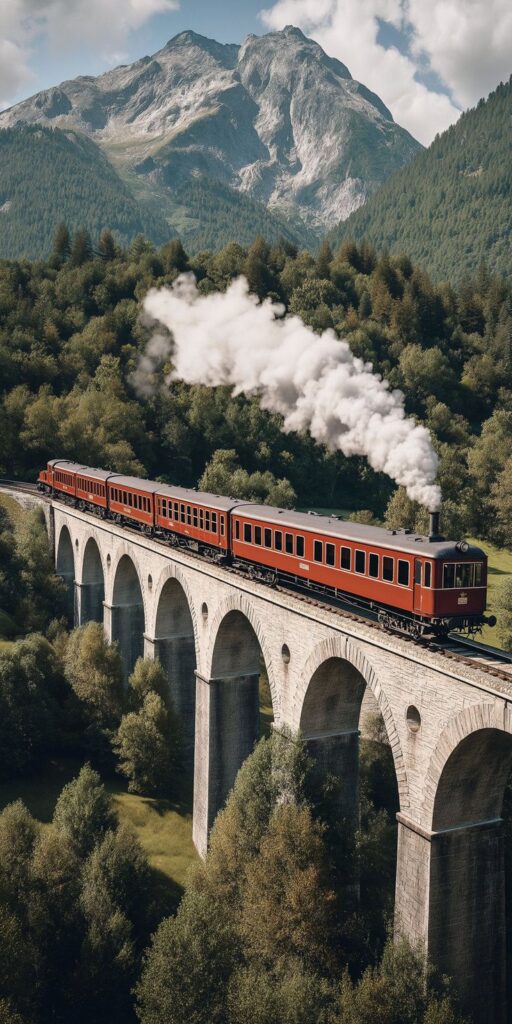The France Chine en train freight route has become a fast, reliable, and eco-friendly alternative for businesses moving goods between Europe and Asia. Using modern rail corridors, this service connects major French logistics hubs to Chinese cities in under three weeks, providing a perfect balance between sea freight’s affordability and air freight’s speed.
1. What is "France Chine en Train" Freight?
“France Chine en train” refers to cargo transport by rail between France and China. This service uses the Eurasian railway network, passing through countries such as Germany, Poland, Belarus, and Kazakhstan before reaching China.
It is designed for businesses needing:
- Faster transit than sea freight
- Lower costs than air freight
- Reliable schedules with reduced environmental impact
2. Key Advantages of France Chine en Train
1⃣️Transit Speed – Typically 15–20 days door-to-door .
2⃣️Cost Efficiency – Up to 50% cheaper than air freight.
3⃣️Eco-Friendly – Produces significantly fewer CO₂ emissions .
4⃣️Stable Schedules – Less affected by port congestion or flight delays.
5⃣️Safety – Reduced handling lowers the risk of damage or loss.
3. Shipping Time, Conditions & Terms
| Service Type | Average Transit Time | Conditions | Common Terms Used |
|---|---|---|---|
| Standard Rail Freight | 18–20 days | Full Container Load (FCL) or LCL options | CIF, FOB, CPT |
| Express Rail Freight | 15–17 days | Priority handling, limited routes | CPT, CIP |
| Multimodal Rail + Truck | 19–22 days | Rail to EU hub, truck to final address | DAP, DDP |
| Reefer Rail Service | 18–21 days | Temperature-controlled for perishables | CPT, CIP |

4. Major Rail Routes Between France and China
- Paris – Wuhan Corridor: One of the fastest connections for electronics and machinery .
- Lyon – Chengdu Corridor: Popular for fashion, automotive, and wine exports .
- Marseille – Xi’an Corridor: Suited for goods entering from southern France via Mediterranean ports .
5. Cargo Types Suitable for Rail Freight
- Electronics and high-value goods
- Automotive parts and machinery
- Wine, spirits, and specialty foods
- Textiles and fashion products
- Pharmaceuticals and medical equipment
6. Cost Factors for France Chine en Train
The total cost depends on:
- Container Size – 20ft vs. 40ft FCL, or LCL pricing by CBM.
- Weight & Volume – Heavier or bulkier cargo costs more .
- Route & Season – Winter may increase transit time slightly .
- Value-added Services – Customs clearance, insurance, storage.
7. Customs Clearance & Documentation
For France Chine en train freight, required documents may include:
- Commercial Invoice
- Packing List
- Bill of Lading (Rail Waybill)
- Certificate of Origin
- Customs declaration forms
8. When to Choose France Chine en Train Over Other Modes
Choose rail freight when:
- Sea freight is too slow
- Air freight costs exceed your budget
- Your cargo is moderately time-sensitive
- You require stable, predictable schedules

9. Tips for a Smooth Rail Freight Experience
- Book early during peak seasons
- Use proper packaging for long-distance rail travel
- Work with experienced forwarders who specialize in France Chine en train
- Insure your cargo for added security
10. Conclusion
The France Chine en train service stands out as a strategic middle ground between sea and air freight. It offers faster delivery than ocean shipping, more affordable rates than air cargo, and a much lower carbon footprint . With growing investment in the Eurasian rail network, this route is becoming even more reliable, making it a top choice for European and Asian trade in 2025.
Whether you are shipping electronics, textiles, or perishable goods, rail freight between France and China provides a dependable and efficient logistics solution — ensuring your supply chain remains competitive in a fast-paced global market.
Request a Quote
Need a tailored solution for your shipping from China?
Let TJ China Freight Forwarder assist you with reliable, cost-effective service.
FAQ:
Q1.Is rail freight between France and China affected by seasonal weather?
Yes, extreme weather in Central Asia can cause minor delays, particularly in winter .
Q2.Can I ship dangerous goods via France Chine en train?
Some hazardous materials can be shipped, but strict regulations apply, and not all routes accept them.
Q3.Are there weight restrictions for rail freight?
Generally, a 20ft container can hold up to 21–24 tons, while a 40ft container can hold up to 26–28 tons.
Q4.How is payment typically handled for rail shipments?
Payment terms depend on the incoterms used; DDP and DAP often require full prepayment of freight costs.
Q5.Can perishable goods be shipped?
Yes, via refrigerated rail containers with temperature control for food and pharmaceuticals.
